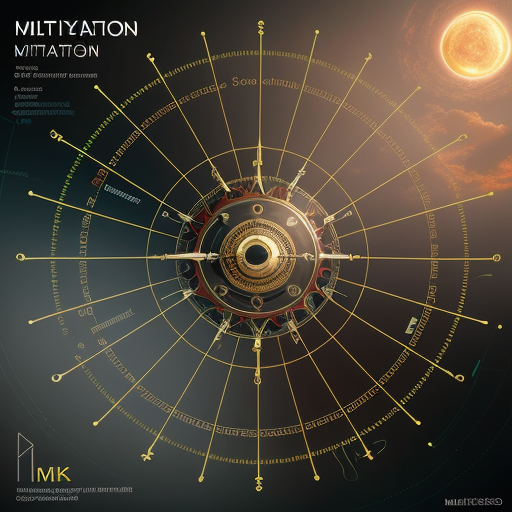Endozoa is a term used to refer to a diverse group of animals that have a defined body cavity, also known as coelom. This body cavity is lined with mesoderm, a germ layer that plays a crucial role in the development of muscles, connective tissues, and organs. The presence of a coelom in endozoan animals allows for greater complexity and specialization within their body systems.
Endozoa encompasses a wide range of organisms, including vertebrates such as fish, reptiles, birds, and mammals. These animals exhibit high degrees of anatomical and physiological complexity, often possessing specialized organs and organ systems. For instance, mammals have developed highly efficient respiratory, circulatory, and digestive systems to support their metabolically active lifestyles.
In addition to vertebrates, many invertebrate groups are also classified under endozoa. Examples include insects, mollusks, annelids, and arthropods. These invertebrates cover a vast array of shapes, sizes, and ecological niches, showcasing the diversity that can be found within endozoan animals.
Endozoan animals have successfully adapted to various environments, from terrestrial to aquatic habitats, and from hot deserts to freezing polar regions. This adaptability is a testament to the versatility of their body plans and biological systems. Moreover, their ability to reproduce sexually and exhibit complex behaviors further highlights the sophistication of endodozoan animals.
Overall, endozoa is an important and diverse group of animals with a well-developed body cavity, enabling them to possess sophisticated biology and adapt to a wide range of ecological conditions. Their success and evolutionary diversity underscore the significance of endozoan animals within the animal kingdom.
